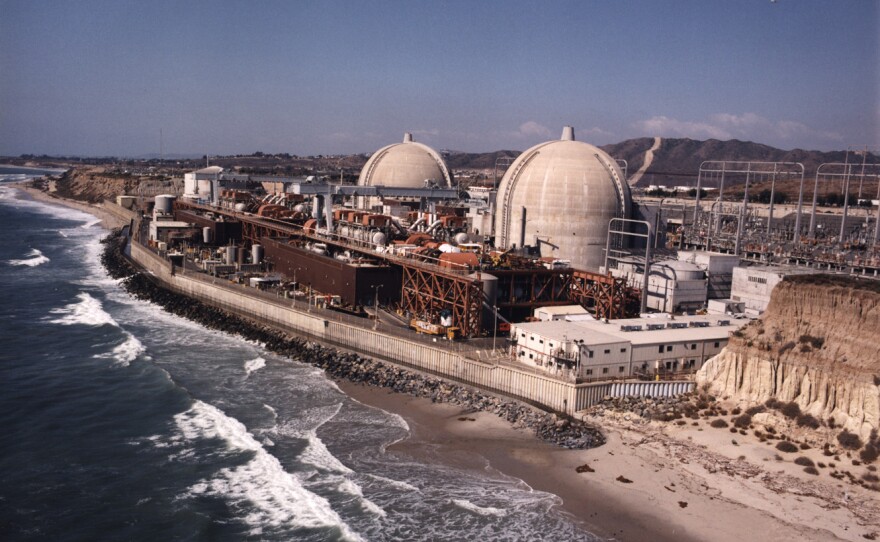Dr. Pat Abbott, professor emeritus of geology at San Diego State University, said a massive quake like the one that hit Japan is less likely here.
"We cannot have a 9.0, we cannot have an 8.0," said Abbott. "For the Rose Canyon fault just offshore or some of the island faults, like San Clemente Island fault, 7.0 to 7.2 is a reasonable expectation, a reasonable size earthquake to expect from those faults."
Abbot said the risk of a large tsunami here is minimal too.
"We look at tsunami threat as beginning with earthquake magnitude 7.5 and above, so we're below the usual threshold where we worry about tsunami," Abbott said. "And by worry about tsunami, I mean tsunamis with some size."
The tsunami that hit Japan was roughly 23-feet high.
San Onofre officials said the plant has a 30-foot reinforced tsunami seawall and reinforced steel concrete domes for containment.
SDSU Professor Murray Jennex has worked at the San Onofre plant. He has 20-years of experience in the commercial nuclear power industry. His specialty is nuclear containment leak rate testing.
Jennex said if the same type of event happened here, plant operators would take the same steps as the Japanese.
"I do believe the San Onofre facility is a safer design," Jennex said. "We're a pressurized water reactor instead of a boiling water reactor. The difference is that the pressurized water reactor doesn't boil water directly off the core like the one in Japan does. Because we don't do that, it's easier for us to keep water on our core."
Jennex said the San Onofre plant has several systems in place to flood the containment area with water.
He said if all those failed, the plant would use seawater as a last resort.







